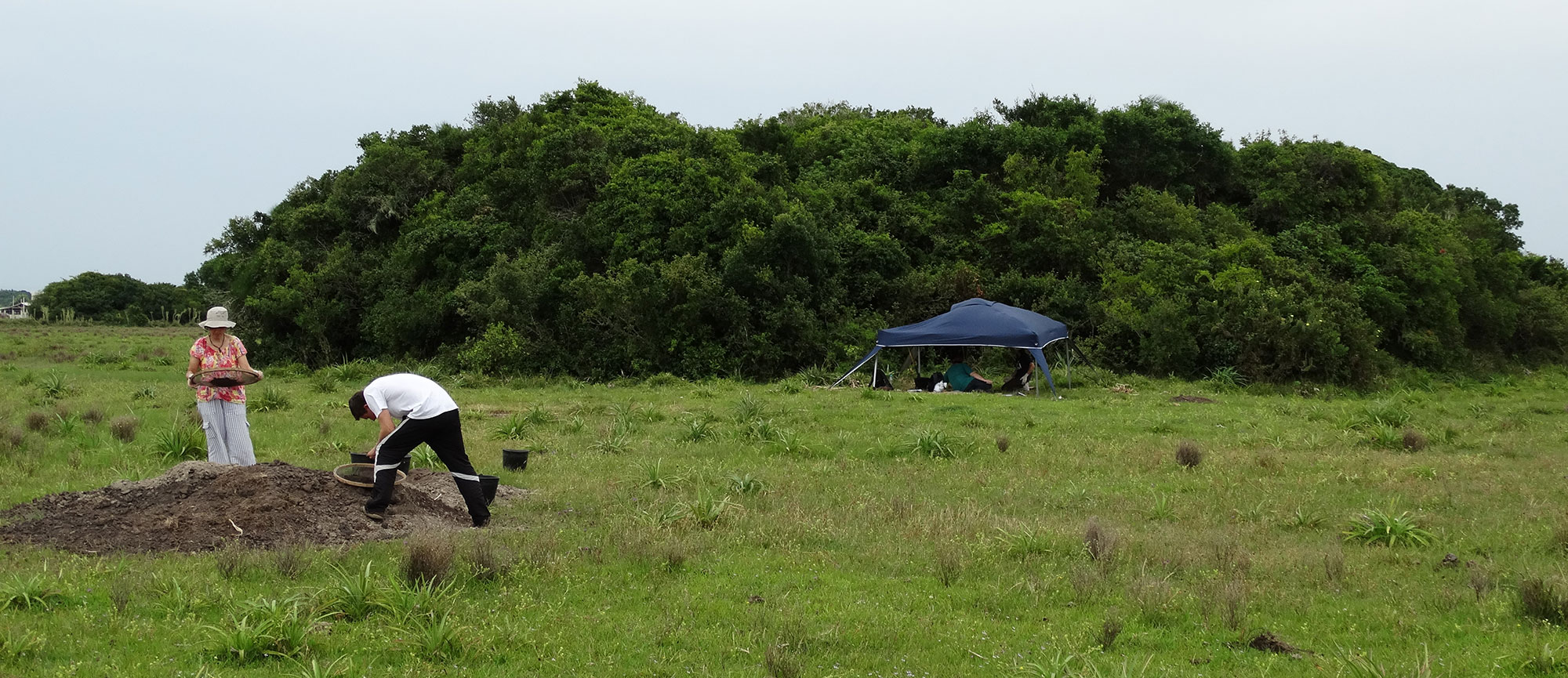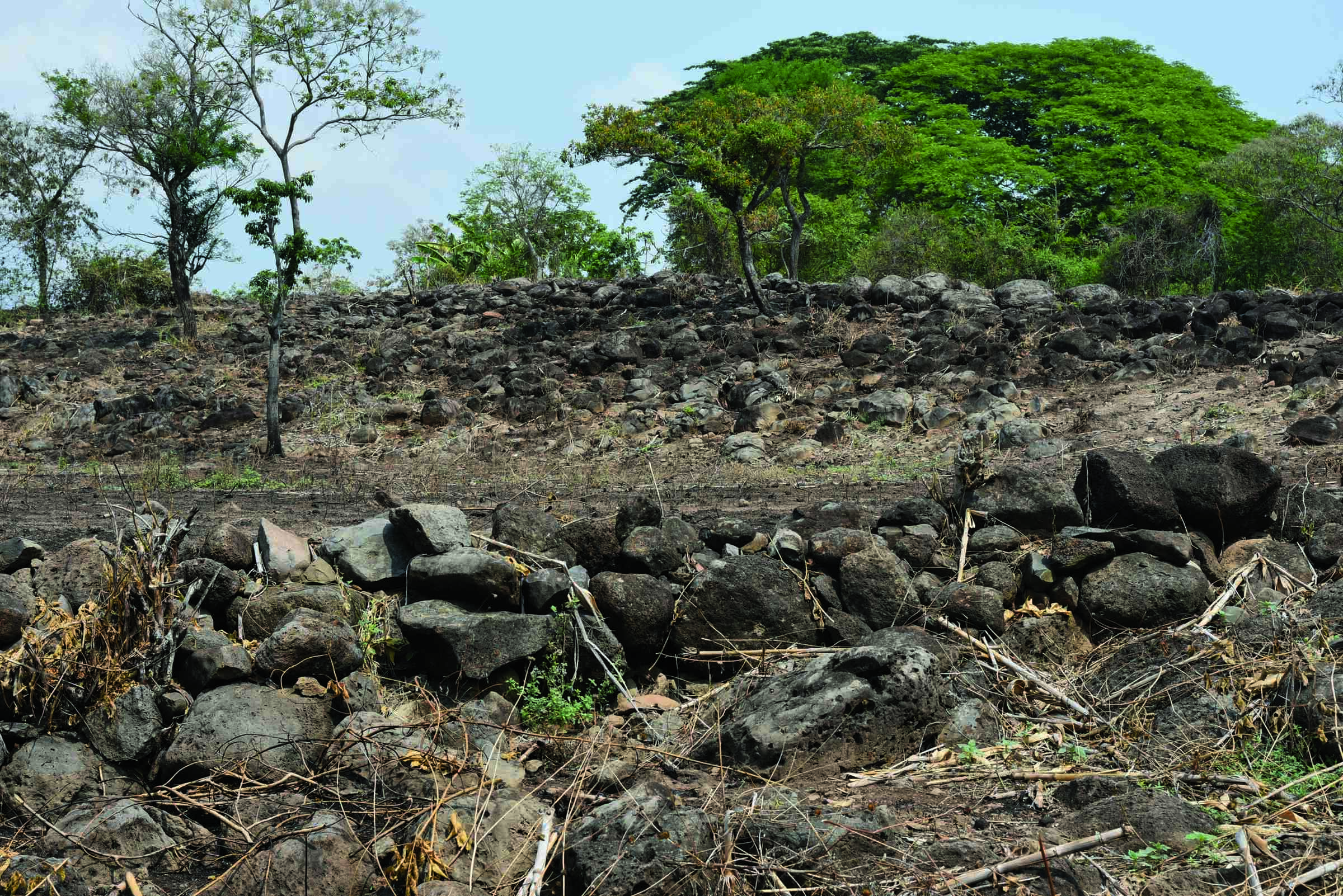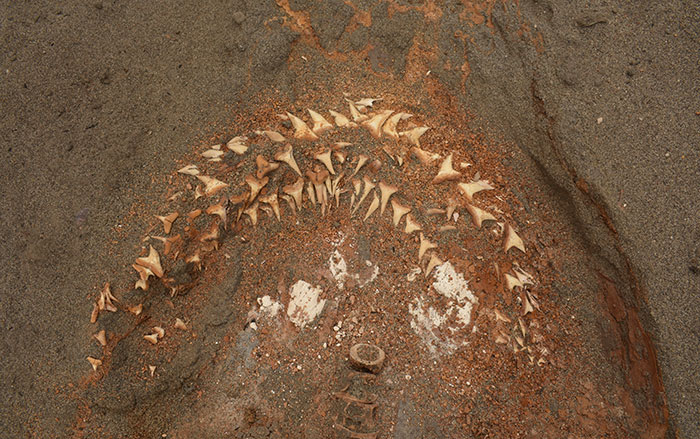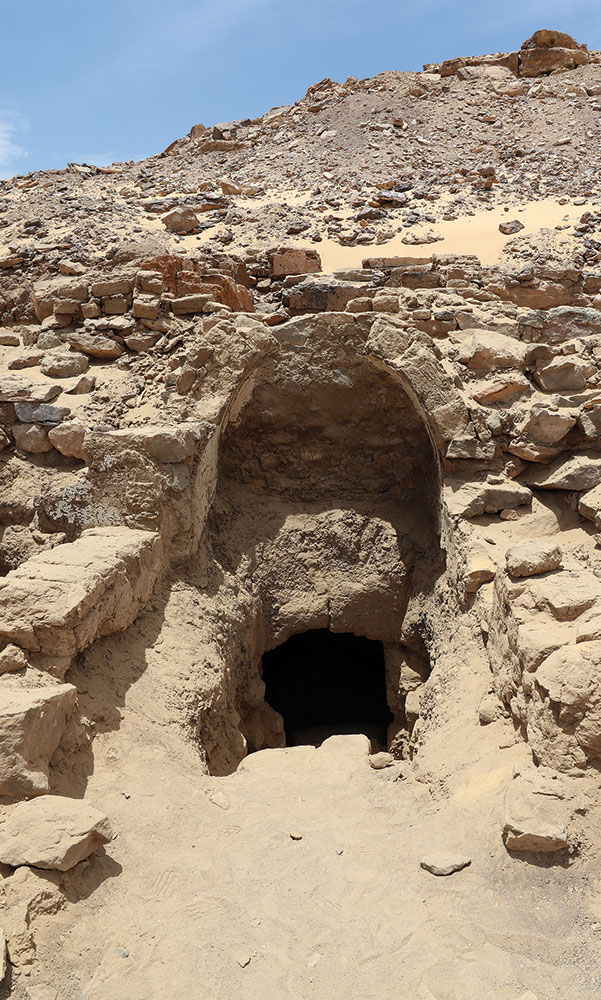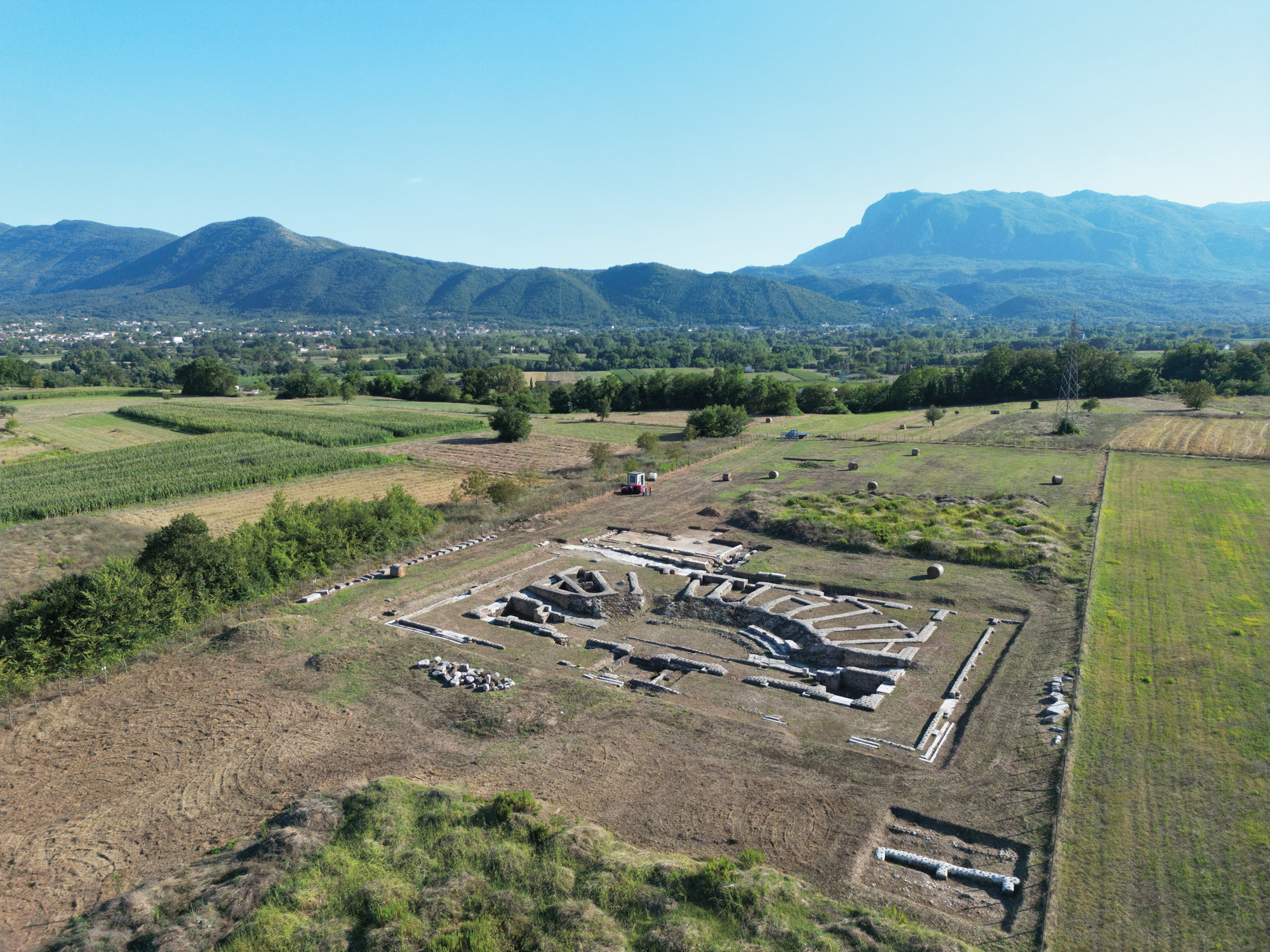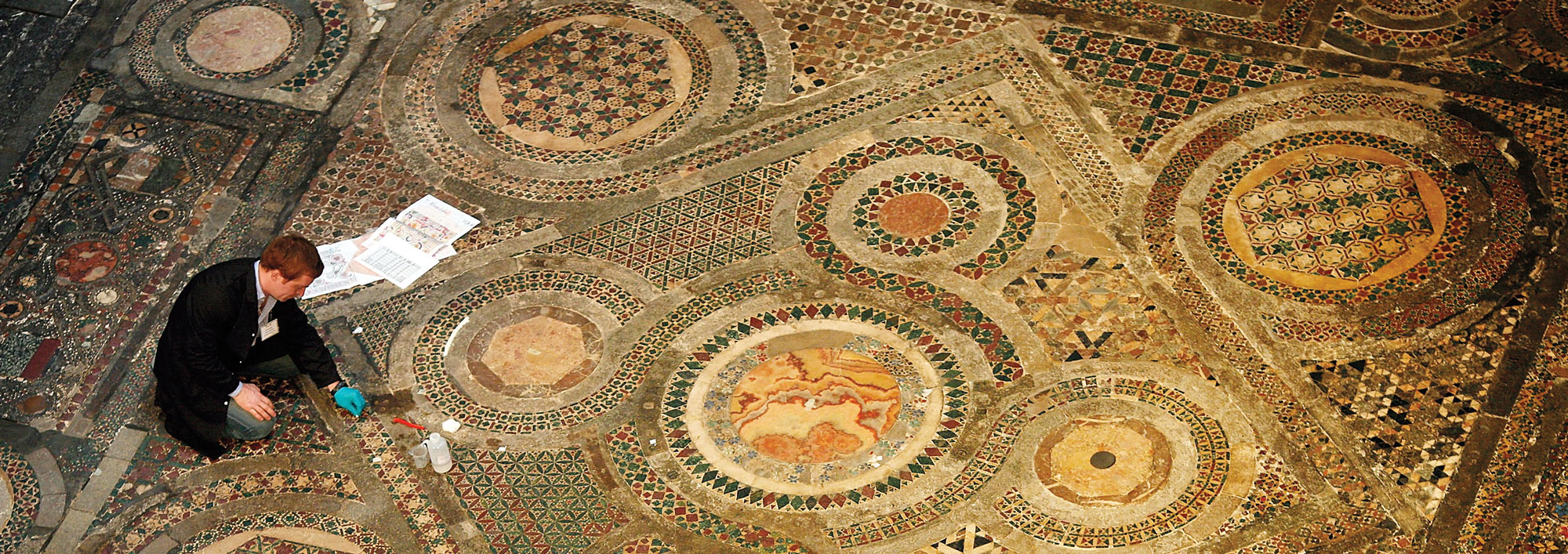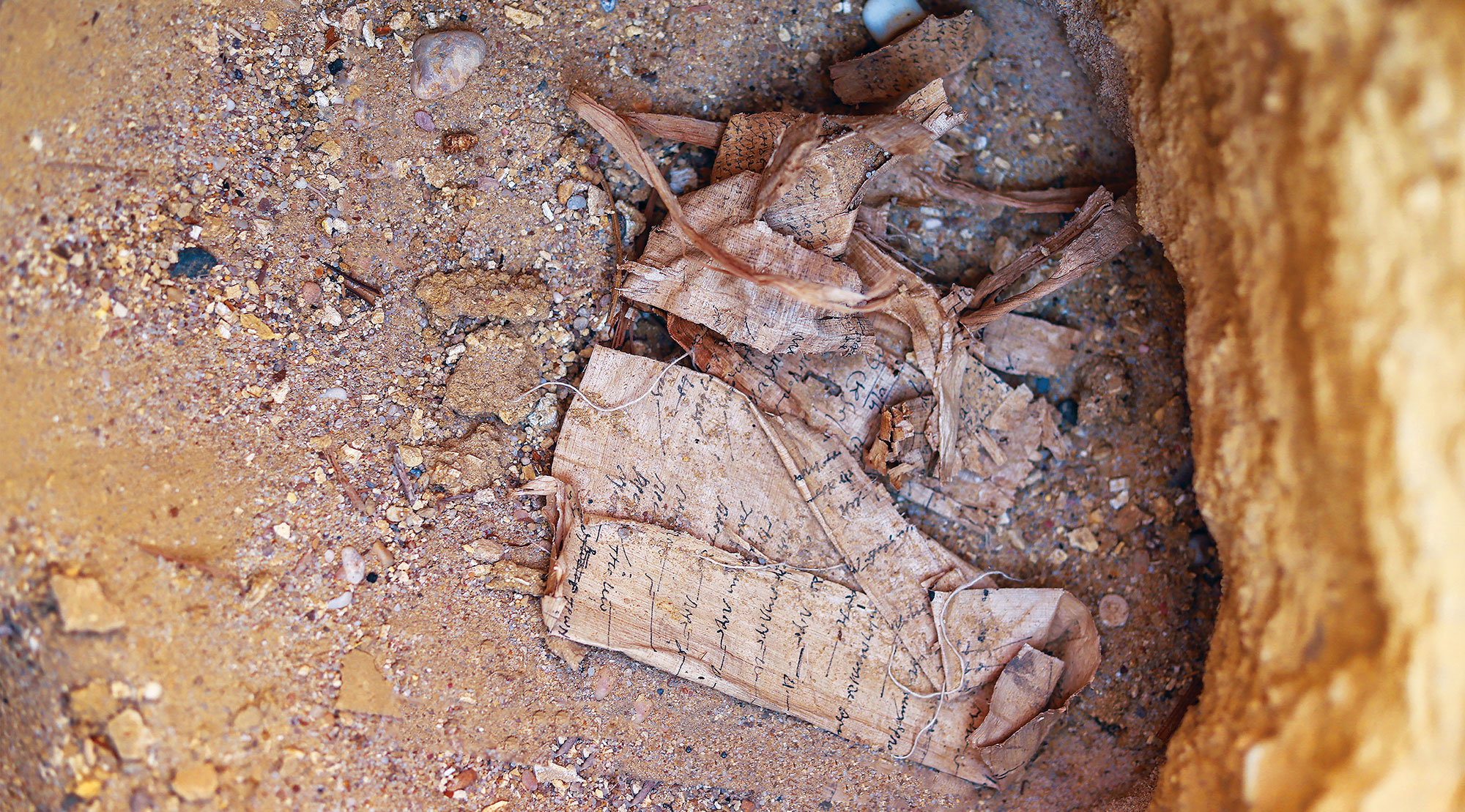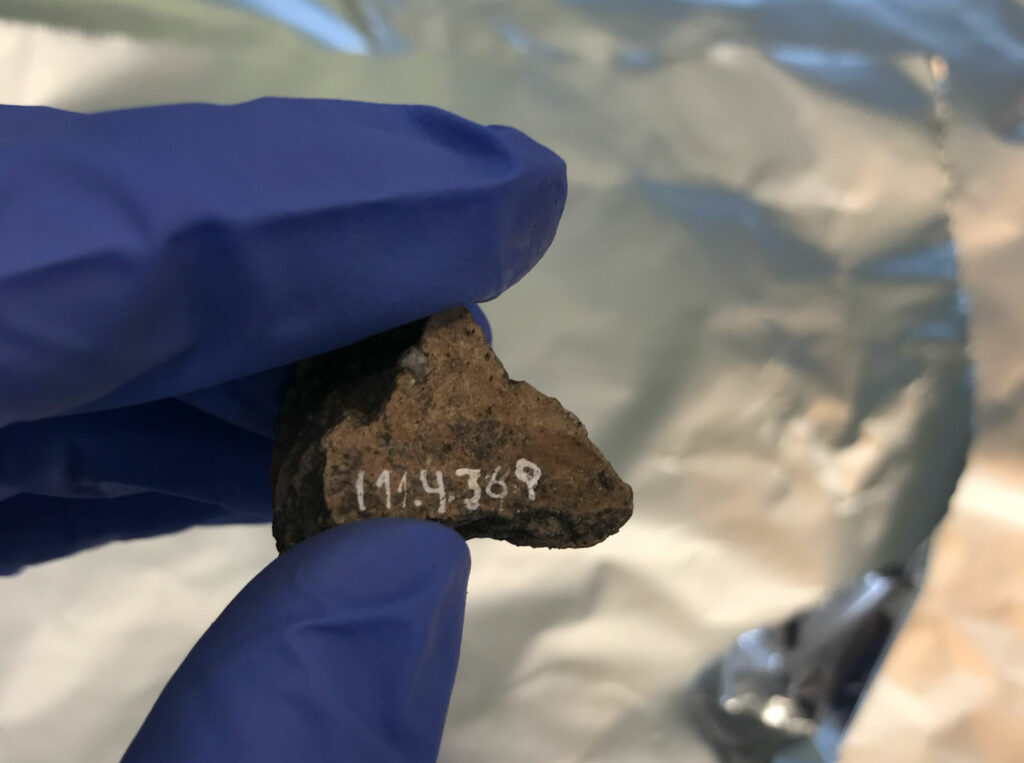
PATOS LAGOON, BRAZIL––According to a statement released by the University of York, an international team of researchers revealed that alcoholic beverages were an integral part of community banquets near the Patos Lagoon in southern Brazil between 2,300 and 1,200 years ago. Analysis of pottery sherds found amid a series of earthen mounds known as “Cerritos” revealed that ceramic vessels used there once held fermented drinks made from vegetables such as tubers, sweetcorn, and palm. This is some of the oldest evidence of alcohol production in the region. The researchers believe that precolonial Indigenous groups called Charrua and Minuano gathered periodically at the Cerritos, which held symbolic significance as burials and territorial markers, to feast on seasonally migrating fish. These social events brought in diverse peoples from across the broader region. “Our findings – supported by a combination of biomolecular and isotopic approaches in organic residue analysis – provide compelling evidence for the use of fermented beverages in these ancient communities and show that pottery played a crucial role in feasting and social activities,” says lead researcher Marjolein Admiraal. Read the original scholarly article about this research in PLOS ONE. To read more about Brazil's Indigenous peoples, go to "Ancient Foresters."


